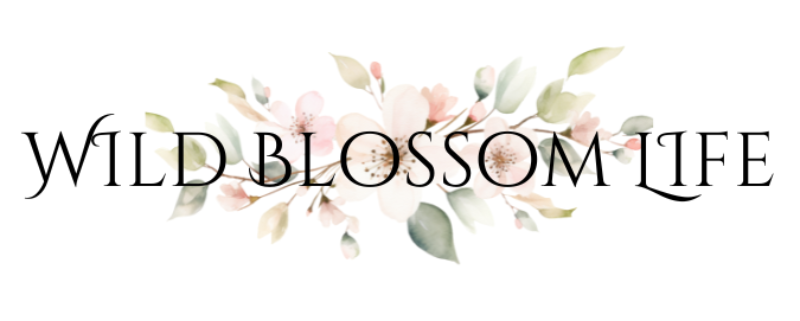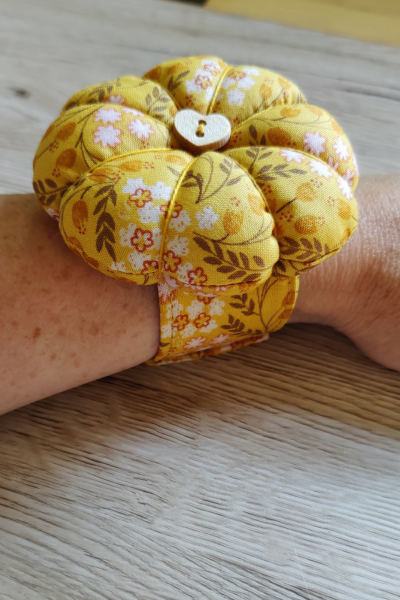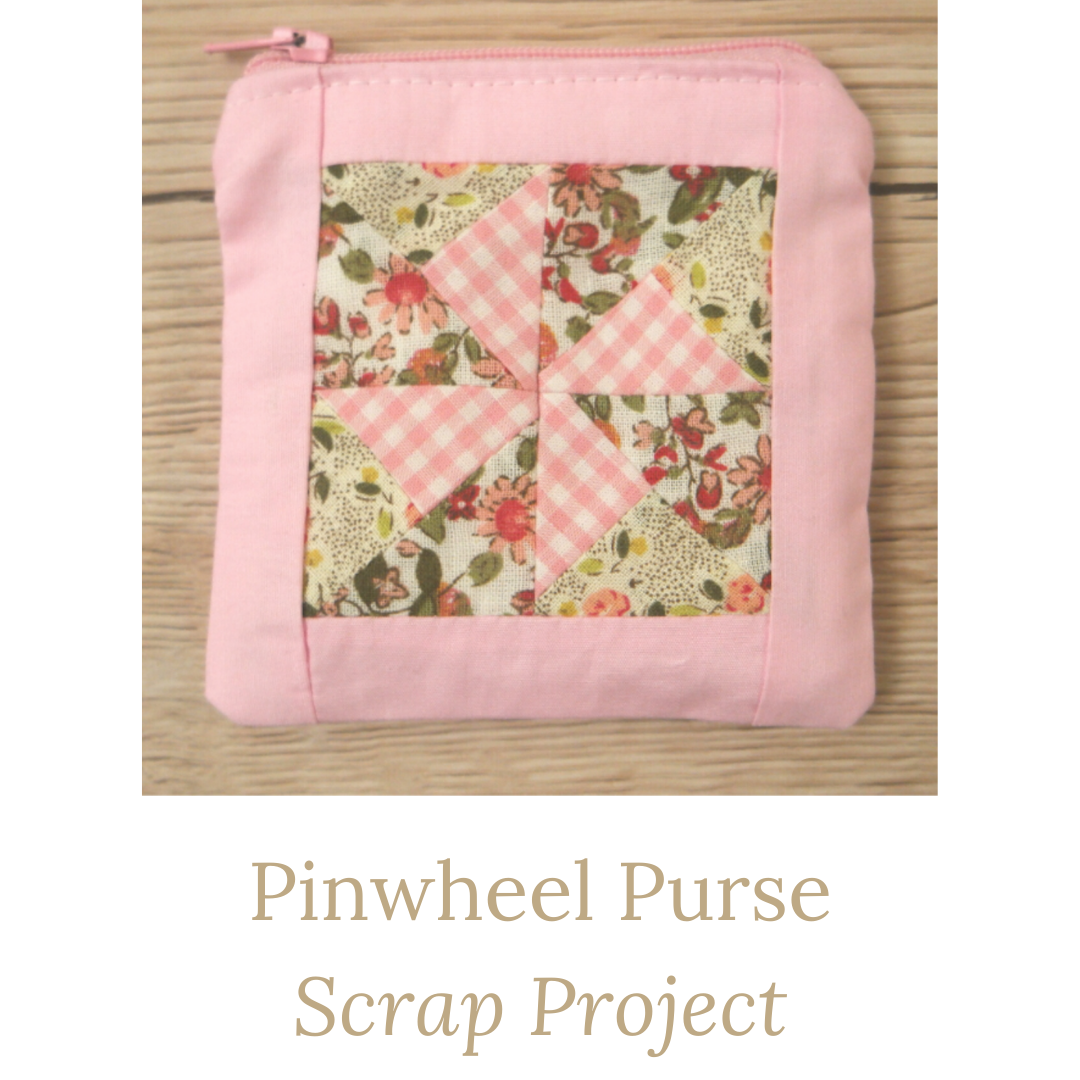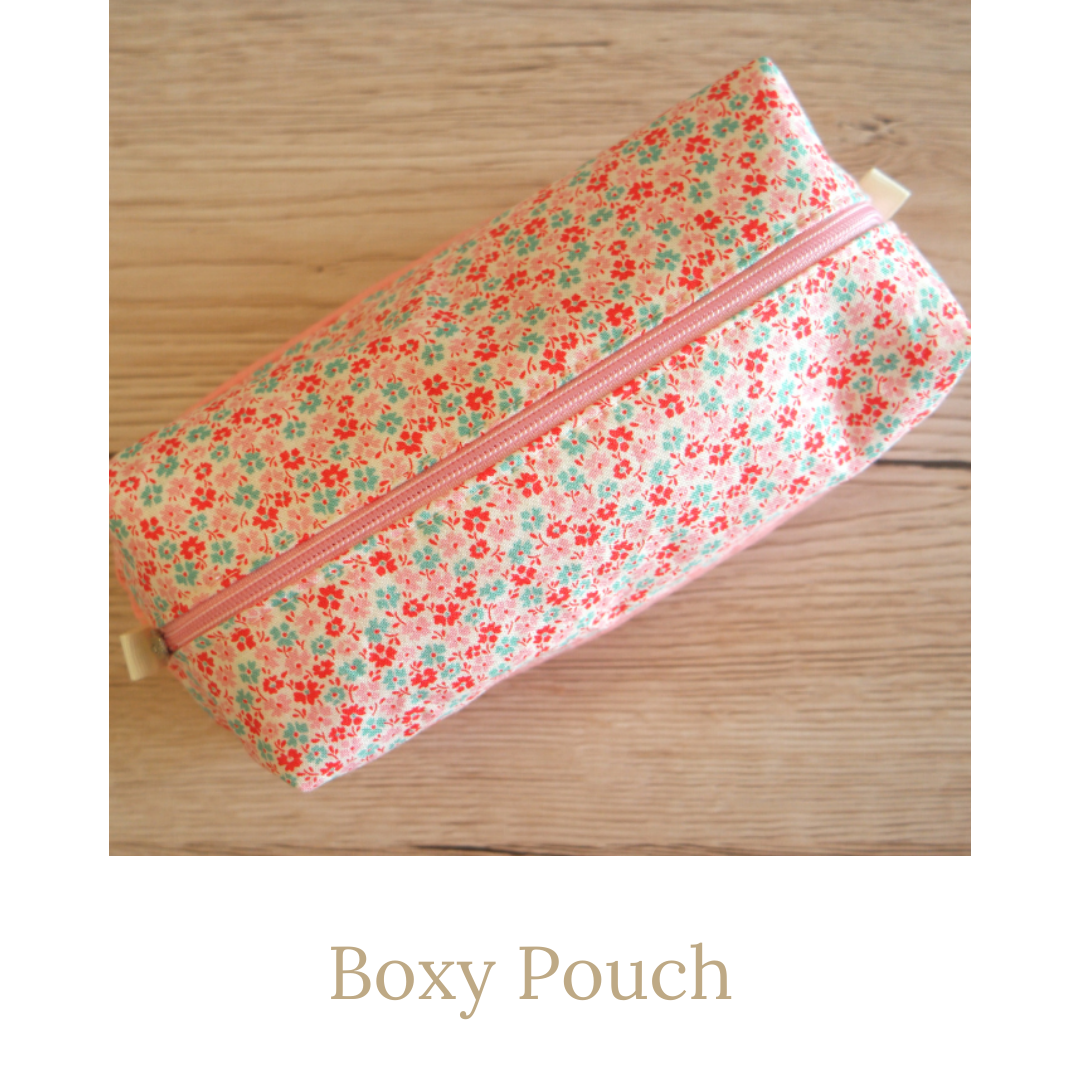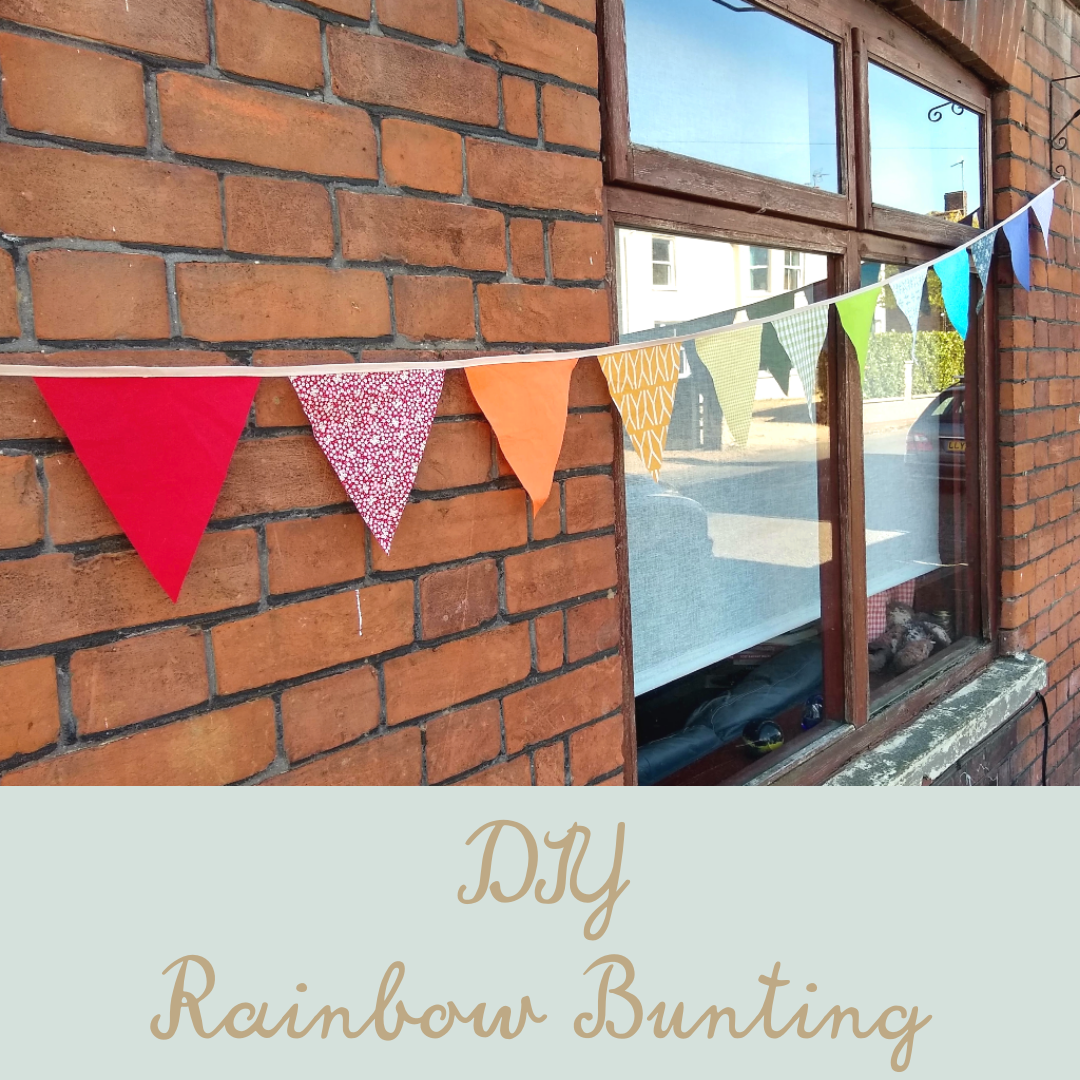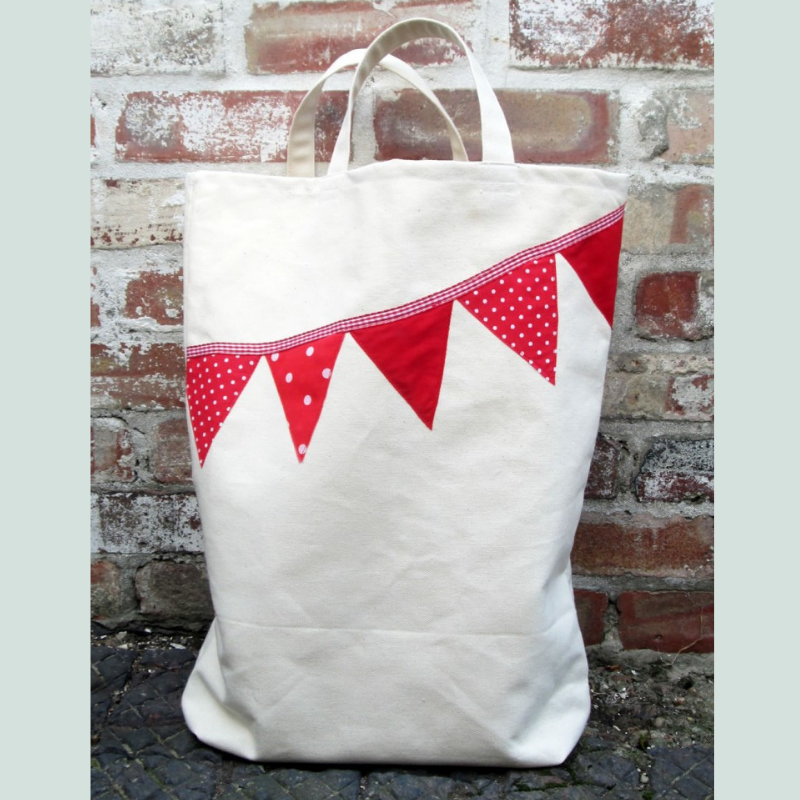How To Make A Wrist Pincushion Revisited
With the Great British Sewing Bee back on the television, I thought I’d revisit the wrist pincushion tutorial I wrote back in 2016. I still have the original pincushion, and I often use it when I’m sewing. We are who we are, and I still lose my pins…
